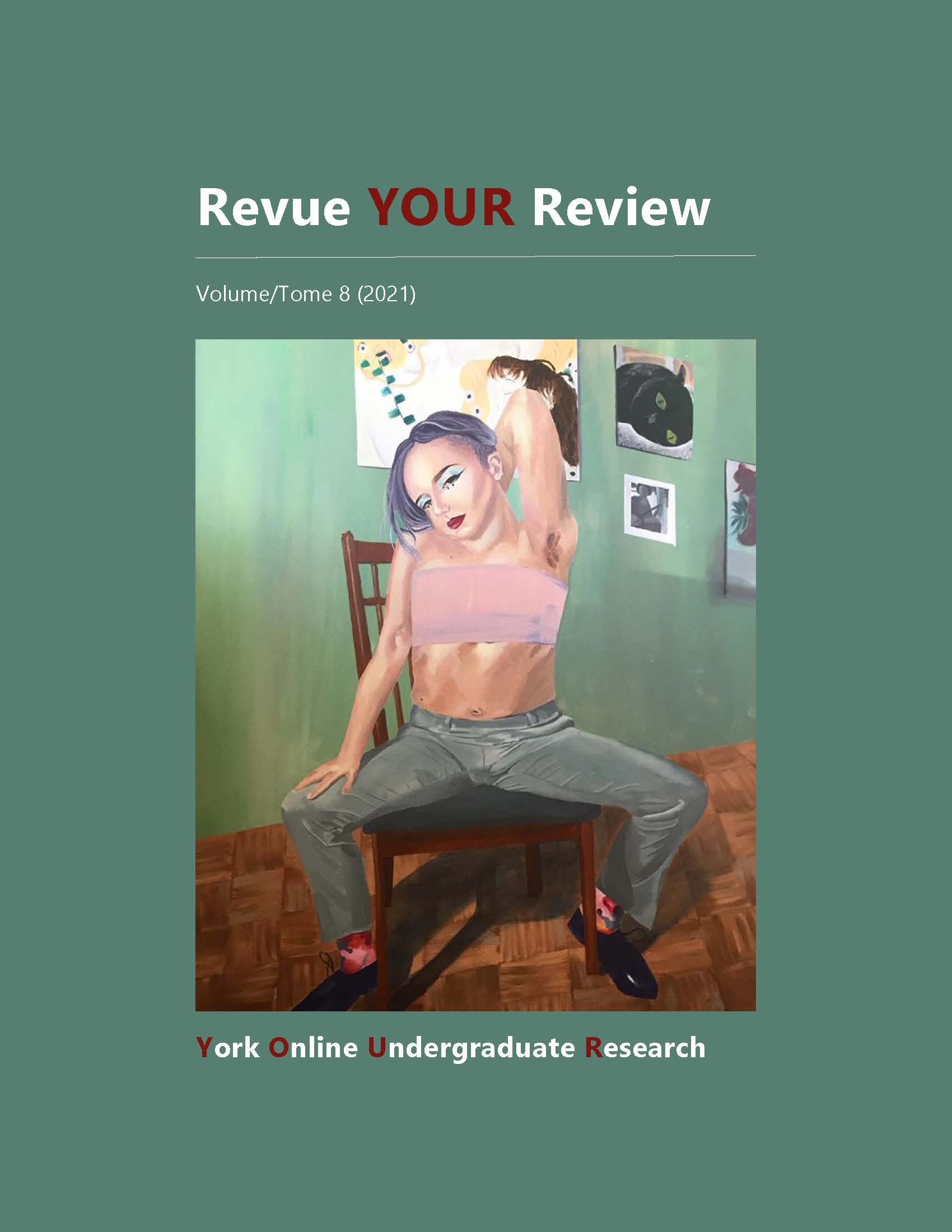Looking on the bright side: Comparing long-distance relationships and geographically close relationships
Abstract
Long-distance relationships (LDRs) are increasingly popular (McCoy, Hjelmstad, & Stinson, 2013). Approximately 35–40% of college students and 1 million American adults report being in a long-distance relationship at any given time (Belus, Pentel, Cohen, Fischer, & Baucom, 2018; Du Bois et al., 2015; Lee & Pistole, 2012). As relationship and sexual satisfaction is an important aspect of personal well-being and a common reason for seeking therapy, counsellors and college counsellors need to know how to deal with LDRs (Kelmer, Rhoades, Stanley, & Marman, 2013; Lee & Pistole, 2012). Previous research on relationship satisfaction in LDRs compared to geographically close relationships is examined and found to be contradictory. This paper explores the challenges and benefits of LDRs and reviews current theoretical literature and potential therapeutic applications. The paper identifies gaps in current literature and proposes a study analyzing sexual frequency and satisfaction in long-distance relationships compared to geographically close relationships. Understanding more about sexuality in LDRs could help couples cope with and prepare for the unique challenges presented by this type of relationship (Dargie et al., 2015).
Downloads
Published
How to Cite
Issue
Section
License
LicenseAuthors contributing to Revue YOUR Review agree to release their articles under one of three Creative Commons licenses: Creative Commons Attribution 4.0 International; Creative Commons Attribution-NonCommercial 4.0 International; or Creative Commons Attribution-NoDerivatives 4.0 International. All editorial content, posters, and abstracts on this site are licensed under Creative Commons Attribution-NoDerivatives 4.0 International. For further information about each license, see:
https://creativecommons.org/licenses/
In all cases, authors retain copyright of their work and grant the e-journal right of first publication. Authors are able to enter into other contractual arrangements for the non-exclusive distribution of the e-journal's published version of the article (e.g., post it to an institutional repository or publish it in a book or in another journal), with an acknowledgement of its initial publication in this e-journal.


